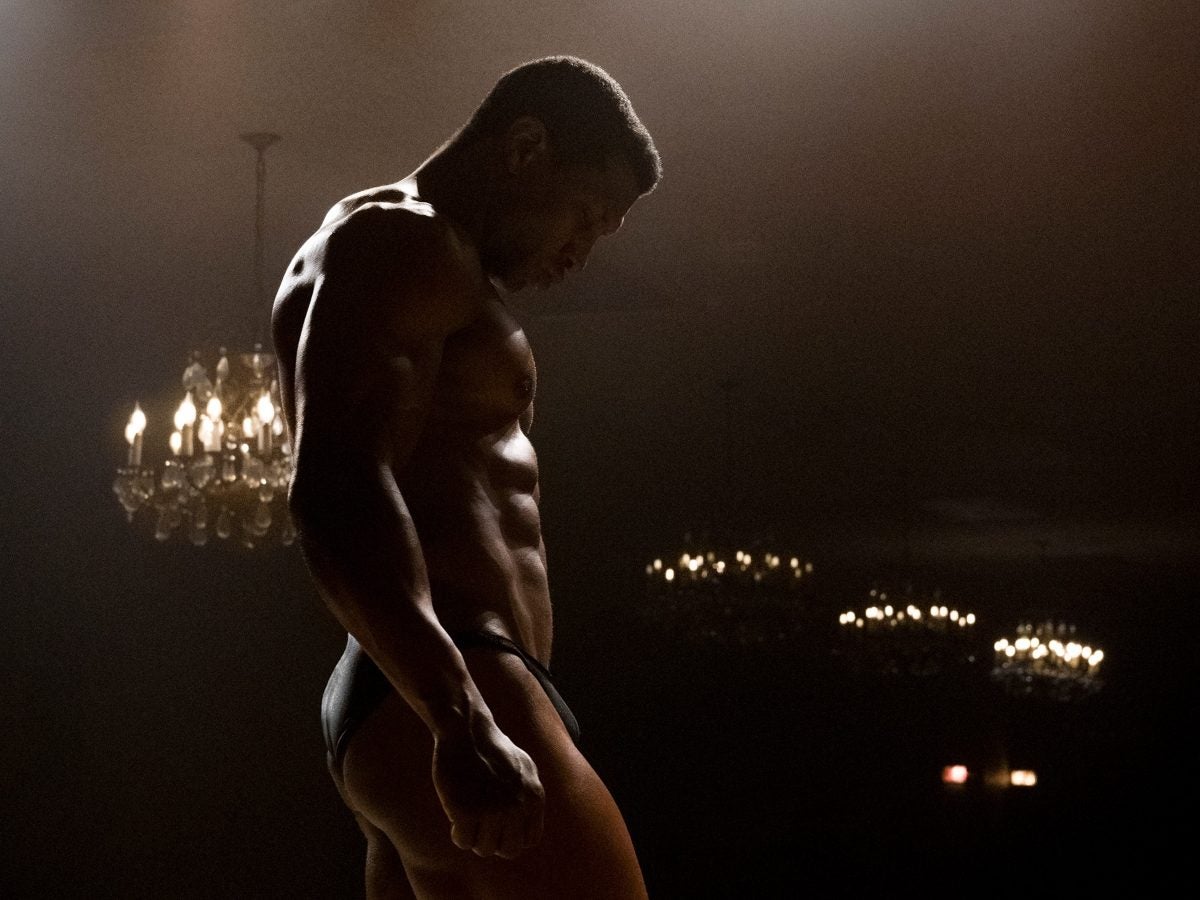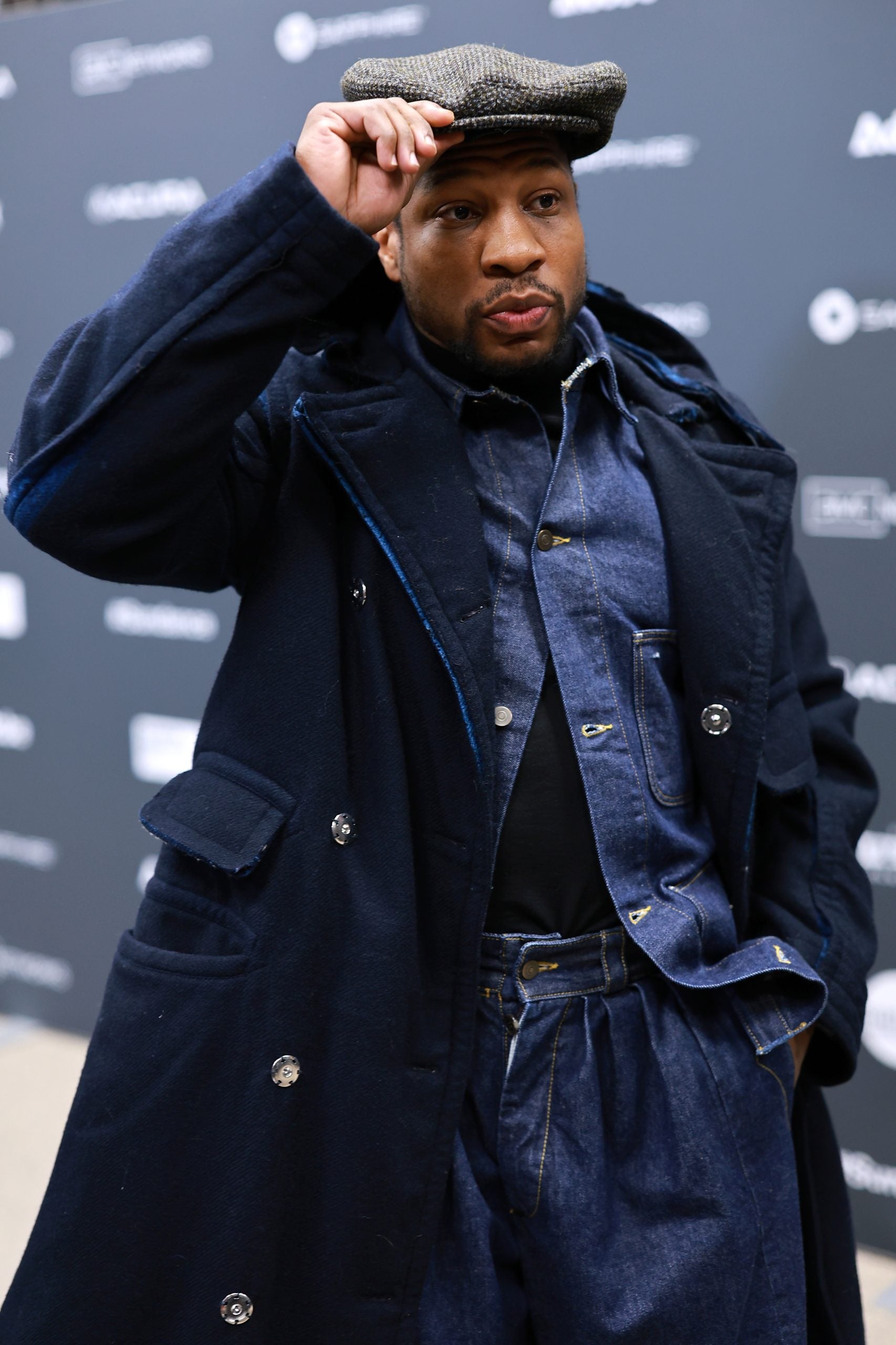
Magazine Dreams could just as easily have been called “Little Traumas Everywhere” or something similar because of the amount of pain its characters render in a film that centers on the physique-obsessed, awkward, misunderstood, and ultimately traumatized Killian Maddox, exceptionally played by Jonathan Majors.
Slow-paced with intimate shots and deliberate dialogue, director and writer Elijah Bynum has created what will likely be one of the most talked about films of the year that centers on Killian, who simply doesn’t fit in anywhere while longing to be both loved and remembered by people everywhere. The protagonist’s only emotional connection seems to be to his grandfather whom he cares for and admires as a war veteran, his interests limited to his desire to be a body builder and consequently one day cover a magazine. He also seems to have some kind of bond with his court-mandated therapist, although he lies to her about the state of his life, leaving a viewer to wonder if he is aware of his lies or simply has been burdened with a break from reality amongst his many other problems.

Killian’s awkward presentation and inability to connect to people is never presented as harmless and is instead accompanied by an expectation of violence and harm that he soon fulfills against those he deems contemptible for one reason or another. The shots of his rage are difficult to consume and cannot be divorced from historical representations of Black men as scary beasts, ready to inflict unpredictable, uncontrollable violence on those around him. Bynum is likely self-conscious of this enough to include a soliloquy of Killian profiling himself as a Black man how the police might — who are waiting to arrest him after he begins to violently hit his head against a car outside of a diner — resulting in a scene of police brutality.
Self-conscious as the film can be of Killian’s consciousness of his social context, the film doesn’t take enough care to explain why his social environment is indeed as white as it is, and fails to humanize the few Black women depicted — two women off to the side laugh at Killian as he plays loud rock music, and the sex worker he fails to have transactional intimacy with in one scene, all seem to contribute to the protagonist’s negative perception of self. Their juxtaposition to the white woman Killian has a crush on — portrayed as soft and even amenable to his weirdness — right before his failure of social cues causes her to escape the date they had.
Heartbreaking as the scene is — as many scenes in the film are — we do learn at least one reason for Killian’s behavior: his father shot his mother and himself, explaining at least some of the root of his trauma. In the final third of the film, as we watch Killian fail to live up to his bodybuilding dreams or connect with people and be sexually used by a professional bodybuilder he admires, a viewer might brace themselves for Killian ending up committing an act of violence that will result in his being remembered but perhaps also repeating a generational cycle of violence.

In the end, Bynum concludes the story differently, unexpectedly, and perhaps not entirely deservedly. But after what felt like consuming one trauma after another in Killian’s story, the ending offers some redemption in the story, and a release for the viewer who despite Killian’s faults may still meet the character with empathy, at least from a vantage point in which even scary black men are worthy of being understood. In a generous light, this seems like the story Bynum was aiming to tell in Magazine Dreams in what is likely to become a film that evokes many conflicting emotions and more than likely, conflicting opinions too.